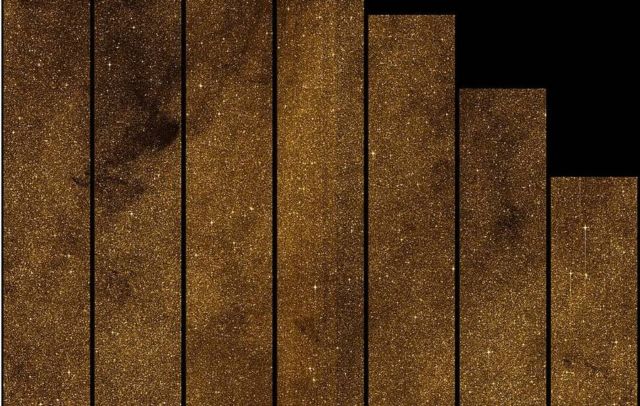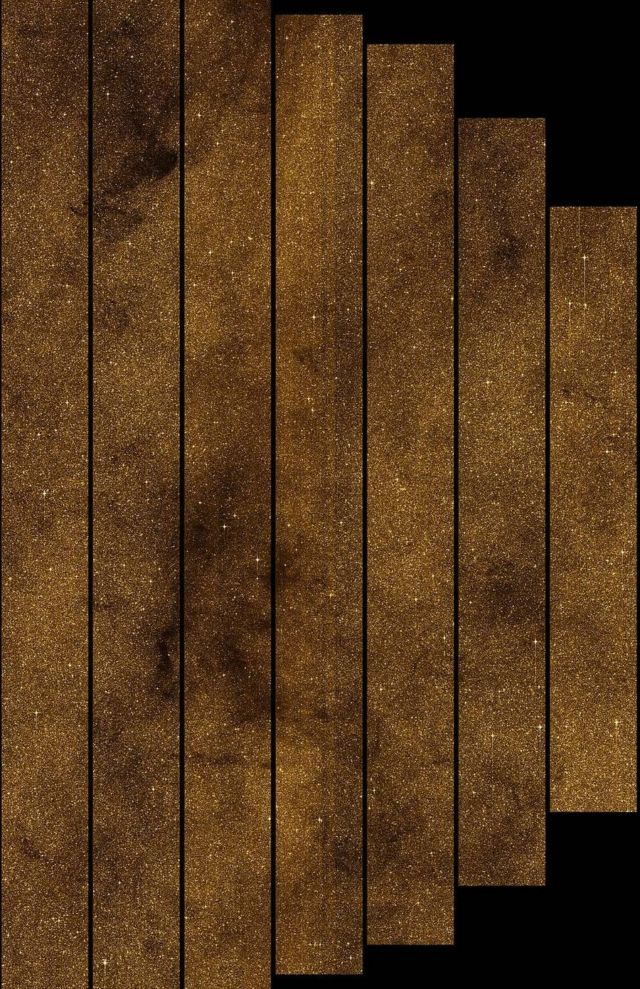ESA’s Gaia sky mapper captured this new image of 2.8 million stars just below the Milky Way‘s center.
In this area the stellar density is roughly 4.6 million stars per square degree.
Gaia, ESA’s billion-star surveyor, is detecting stars and measuring their properties in order to build up the most precise 3D map of the Milky Way. By accurately measuring the motion of each star, astronomers will be able to peer back in time to understand the Milky Way’s history, its evolution and its destiny.
In general, as Gaia registers stars, only data covering the object of interest are transmitted to the ground. However, in the densest regions on the sky there are more stars close to each other than the detection and processing system of Gaia can cope with, which could result in a less complete census in these crowded areas. To help mitigate this, a scientific selection of high-density regions is made to cover them in a special imaging mode, as illustrated here. These types of observations are carried out routinely every time Gaia scans over these regions.
The image, taken on 7 February 2017, covers part of the Sagittarius I Window (Sgr-I) located only two degrees below the Galactic Center. Sgr-I has a relatively low amount of interstellar dust along the line of sight from Earth, giving a ‘window’ to stars close to the Galactic Center.
The stellar density here is an incredible 4.6 million stars per square degree. The image covers about 0.6 square degrees, making it conceivable that there are some 2.8 million stars captured in this image sequence alone.
Image credit ESA/Gaia/DPAC







Leave A Comment